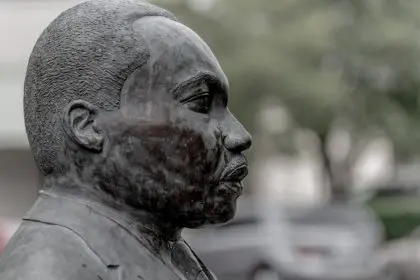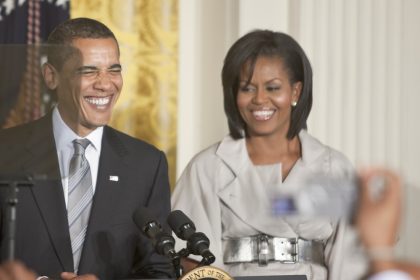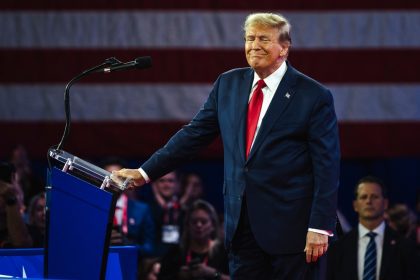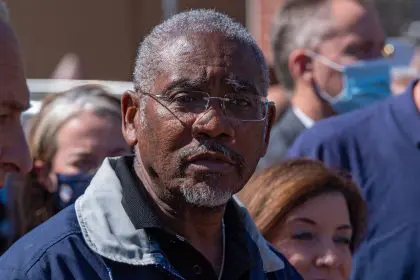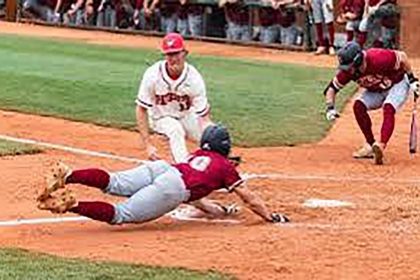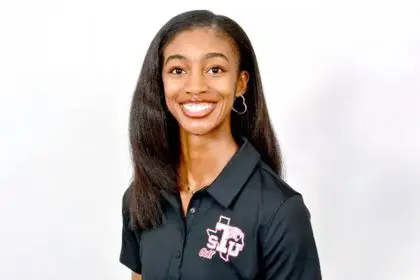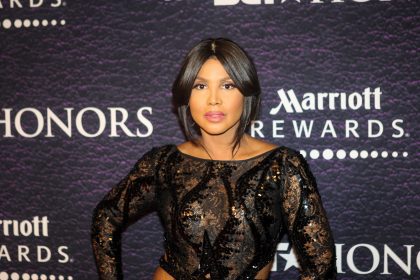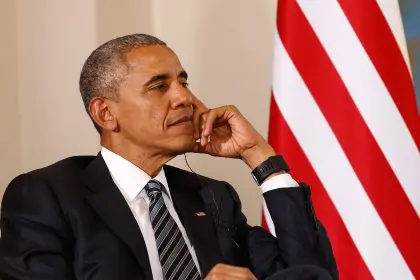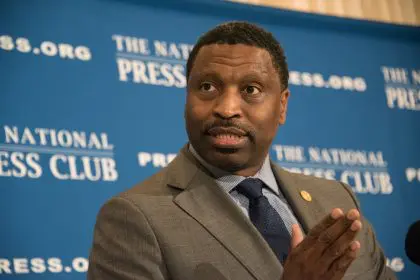
For years, outside forces have been working overtime to discredit Historically Black Colleges and Universities and the families who rely on them, never mind the long list of the best and the brightest of society that these institutions produce.
You’ve probably heard the script by now—HBCUs are inferior institutions of higher learning, and have no place in this progressive, post-race society.
In a critical column, “The Declining Payoff From Black Colleges,” David Leonhardt of the New York Times noted a study that indicated “traditionally white institutions began doing a better job of educating their black students in recent years,” whereas, “the most qualified African-Americans were increasingly choosing HBCUs at the same time that these schools appear to have fallen behind in producing skills that are rewarded in the labor market.”

In 2009, John Silvanus Wilson, Jr., Ed.D, stepped into his role as executive director of the White House Initiative on Historically Black Colleges and Universities (HBCUs).
Since his appointment, Wilson has worked with U.S. Secretary of Education Arne Duncan and a panel of presidential appointees to address the challenges HBCUs face, and he knows what he’s been up against.
“We just need a better perception. We’ve become aware that a lot of wealthy people do not have a healthy perception of HBCUs,” Wilson tells rolling out. “They kind of have a definition of progress that saw us getting beyond HBCUs; they thought they were a relic of the past.”
These days the idea of questioning the relevance of HBCUs is itself outdated, Wilson states, as there’s a three-point plan in place that’s working.
“We are about three things, capital enlargement, and campus enrichment and perception enhancement.”
Not to mention the HBCUs are receiving funding that is so sorely needed. “The money is up from all three major sources of support for HBCUs, Pell and other student financial aid, title three and other institutional aid, and then general money from the federal agencies.”
Preserving the Federal Pell Grant program was a sweet victory for the Obama administration.
The Federal Pell Grant program allots up to $5,500 per student per year for college; about 8 million students were recipients of the Pell Grant program during the 2009-2010 periods; that’s about 45% of the undergraduate population. During the budget talks, the Pell Grant program was in the Republican’s line of fire for drastic cuts.
Wilson says that the Obama administration stood firm to keep the grants at the maximum level.
“We’re up on Pell because this president stood by keeping Pell at the maximum. That means a lot for the HBCUs–Pell grants channel about a billion dollars into HBCUs, and that’s a lot of money. If a lot of politicians in town make the cuts that they want to make, then a lot of African American students will be going home. And some HBCUS will close. It is very important to recognize that this president stood by Pell.”
Pell Grants are awarded to needy students, and the perception is that it is overwhelmingly awarded to minority students, and that’s not the case, Wilson clarifies.
“Pell grant [recipients] are not all African American or Hispanic. Together, they make about 45 percent of Pell grant recipients, the rest are White Americans. So it’s an American thing that the president did.”
In 2010, Pres. Obama signed the historic Health Care and Education Reconciliation Act that provided the most substantial infusion of student aid and Pell Grants in recent history.
The law provides $850 million in mandatory funding until 2020 to renew and expand programs.
Further, Wilson is working closely with HBCUs to meet specific, tangible goals by 2020 as well.
“We’re taking a data driven approach. In order to reach our 2020 goal, we need HBCUs to do more of what they do. HBCUs are embedded in our thinking about the 2020 goal. We need 167,000 more graduates from HBCUs than they currently produce, that’s over and above their current base and pace.”
Wilson continues, “We need to go by 2020 get from 35,500 graduates per year, which is where we are now, to over 54,000 graduates per year. That’s what we’re pushing…we need to sharpen our game and get better as we pursue our goal.”
Photo: HBCU Campus Tours.

